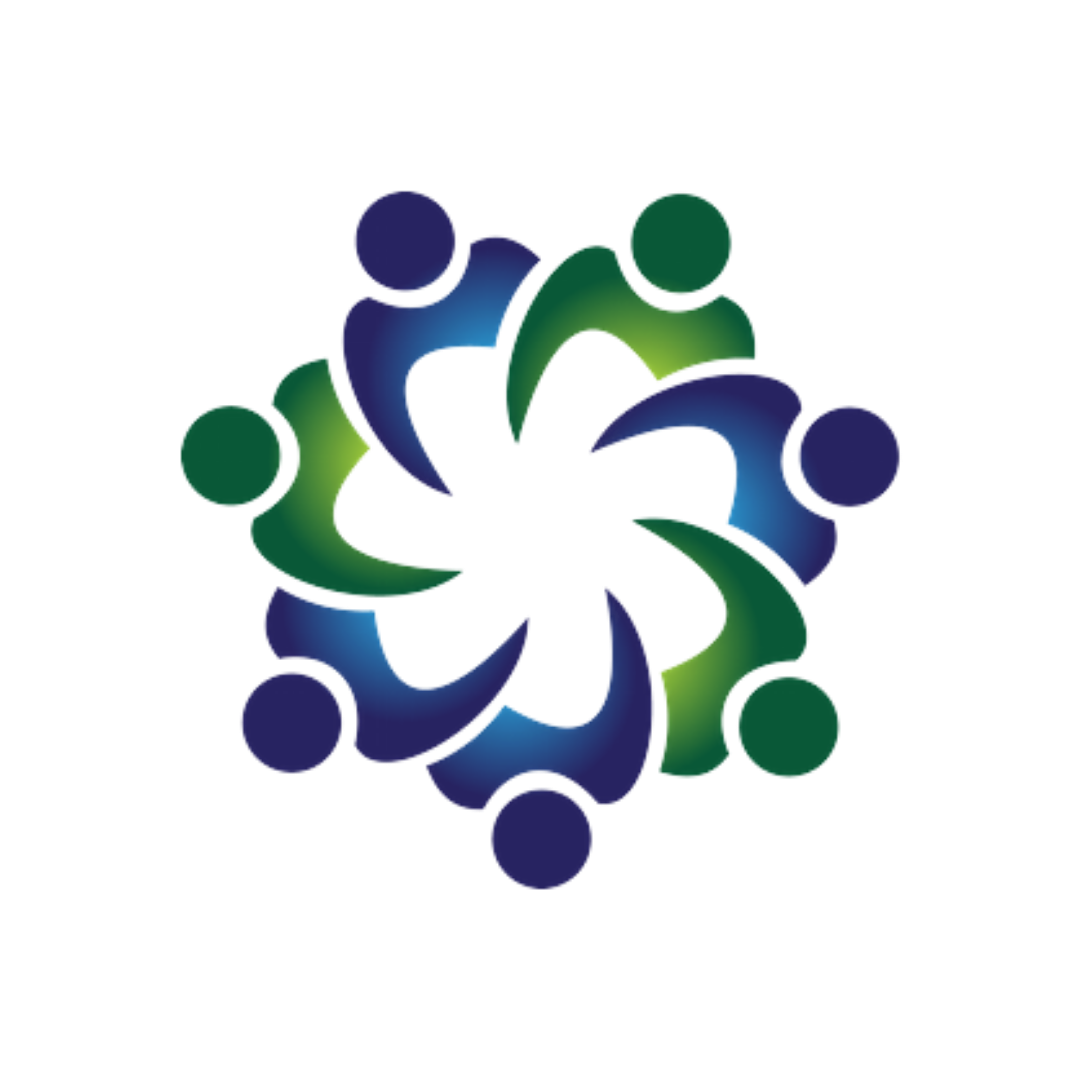New Journal Puts People Living with Pain in the Driver’s Seat
Gabriella Kelly-Davies
Founder, Share your life story
After being electrocuted in a swimming pool twenty-two years ago, graphic artist Kim Sullivan initially struggled with crippling headaches, inflammation, chronic back and neck pain, and debilitating attacks of shingles. Every morning when she woke up, Kim felt shattered with exhaustion.
‘The electric current sizzled my nerve endings and the area of the brain responsible for short-term memory,’ she says. ‘This left me with excruciating pain all day every day. It also impaired my memory and cognitive function.’
At first, Kim’s GP prescribed strong pain medications, but they triggered an unpleasant brain fog. She didn’t like the way the opioids made her feel, but they provided some level of pain relief, so Kim resigned herself to taking them. Sometimes she forgot she had taken her medication and risked taking a double dose. She also kept losing track of which activities and foods triggered her pain and what medications and activities helped her.
‘At medical appointments I become anxious because I couldn’t remember how the headaches, fatigue, shingles and muscle pain had changed since my last appointment. I also forgot which questions to ask my doctor.’
Keeping on top of her many prescriptions and when they were due to expire was also a constant stressor. Being so forgetful and muddled about her treatment regimen embarrassed Kim, adding to her feelings of hopelessness and despair.
For years, medical appointments stressed Kim, because she worried about finding the right place, arriving on time, getting the facts right about her symptoms, and remembering how recent treatments had affected her.
Frustrated, she took matters into her own hands. First of all, and with the help of her doctor, she weaned herself off opioids because she believed they just masked the problem instead of fixing it.
‘I realised that if I wanted a full life, I must take control,’ she said. ‘I started walking and cycling and eventually joined an outdoor exercise class. While exercising I still felt pain, but by gradually building up how much I did each day I reduced its intensity. Surprisingly, the more active I became, the more my feelings of wellbeing increased.’
Once Kim’s fitness improved, she decided to streamline her pain management plan and the way she monitored her progress.
‘I’m a very organised person,’ she said. ‘I realised I had to create a system to help me manage my pain. I searched the local shops and online for a diary or journal to record my medications, triggers and appointments, but there didn’t seem to be anything available. My only option was to put my graphic design skills to work to create a systematic approach to managing my condition. I wanted to be in control of my life rather than being a passive recipient of treatments by medical and health professionals.’
From then on, whenever Kim was stuck in bed with shingles or a severe headache, she would open up a loose-leaf folder, record her symptoms, and what triggered them. After doing this for a while, she pinpointed the worst triggers and tried eliminating them. Much to her surprise, it worked! Kim then built on her initial success by creating a weekly diary of medications, exercise, diet, meditation, sleep and mood. She found it helped her assess the impact of changes she made to her lifestyle, making her feel more organised and on top of her condition.
‘Once I made a note of everything that affected my pain, I noticed patterns emerging,’ she recalls. ‘At my next medical appointment, I felt more confident because I could clearly tell my doctor about all the interconnected things affecting my symptoms.’
This helped the doctor to suggest changes Kim could make to her lifestyle to reduce the impact of chronic pain in her life. Little by little, Kim fine-tuned the journal and added a pocket at the back to keep all her prescriptions in one place. From then on, she no longer worried about forgetting which prescriptions to fill every time she visited the pharmacy.
For weeks, Kim worried about what to name her journal. She tossed around several ideas, but nothing seemed to click. Then one morning in the shower, it came to her.
‘I was thinking of how I must always be mindful of everything I do to ensure I don’t trigger a flare-up. I must be mindful of how I manage my lifestyle—be mindful that I don’t overdo things. Be mindful of my limitations. Be mindful of the side effects of medications. Like a flash of lightening, I thought of the title Mind my pain. I sensed it was right because it integrated everything I do to reduce the impact of pain in my life.’
During the next few weeks Kim asked other people she knew who lived with chronic pain about the idea of calling her journal Mind my pain. They all told her it was perfect because it captured the essence of the journal. ‘Everyone with chronic pain has to manage their condition themselves. We get advice from our pain management teams, but unless we follow it, our health won’t change,’ she says.
After creating MIND my PAIN, Kim would open the journal at medical appointments and the pharmacy, and everything she needed was at her fingertips.
‘I no longer had to worry about what I was forgetting. My anxiety level dropped, and I finally felt as if I was in more control.’
The latest version of the journal tracks goals, triggers, medications, treatments, exercise, meditation, mood, appointments and progress over a six-month period. This gives Kim’s medical team a precise snapshot of her condition, helping them to fine-tune her pain management plan.
‘It gives my pain management team vital information about my condition,’ she says. ‘It also gives me peace of mind because when I go to an appointment with a health professional, I know I’m super-organised! After seeing how much it helps me to self-manage my health, I wanted to share it with other people living with chronic pain.’
One in five people around the world and 3.4 million Australians live with chronic back and neck pain, migraine, arthritis, fibromyalgia and other pain conditions. Kim wants them, their families and carers to experience the same sense of empowerment her journal has given to her.
‘MIND my PAIN has helped me immensely and the people who are using it have told me it enables them to keep track of everything they do to self-manage their pain.’ Jodie, who lives with disabling back pain, said the journal gives her a sense that she can be the master of her condition rather than her condition controlling her. And Julie told Kim the journal is one of the most practical tools she has encountered for chronic pain management.
‘It makes me so happy to hear patient stories and to know that using my journal has helped them. It’s empowering to have been able to improve the lives of other people living with chronic pain. It puts us all in the driver’s seat instead of always feeling as if we are on the back foot at medical appointments.’
MIND my PAIN is available at https://mindmypain.com


